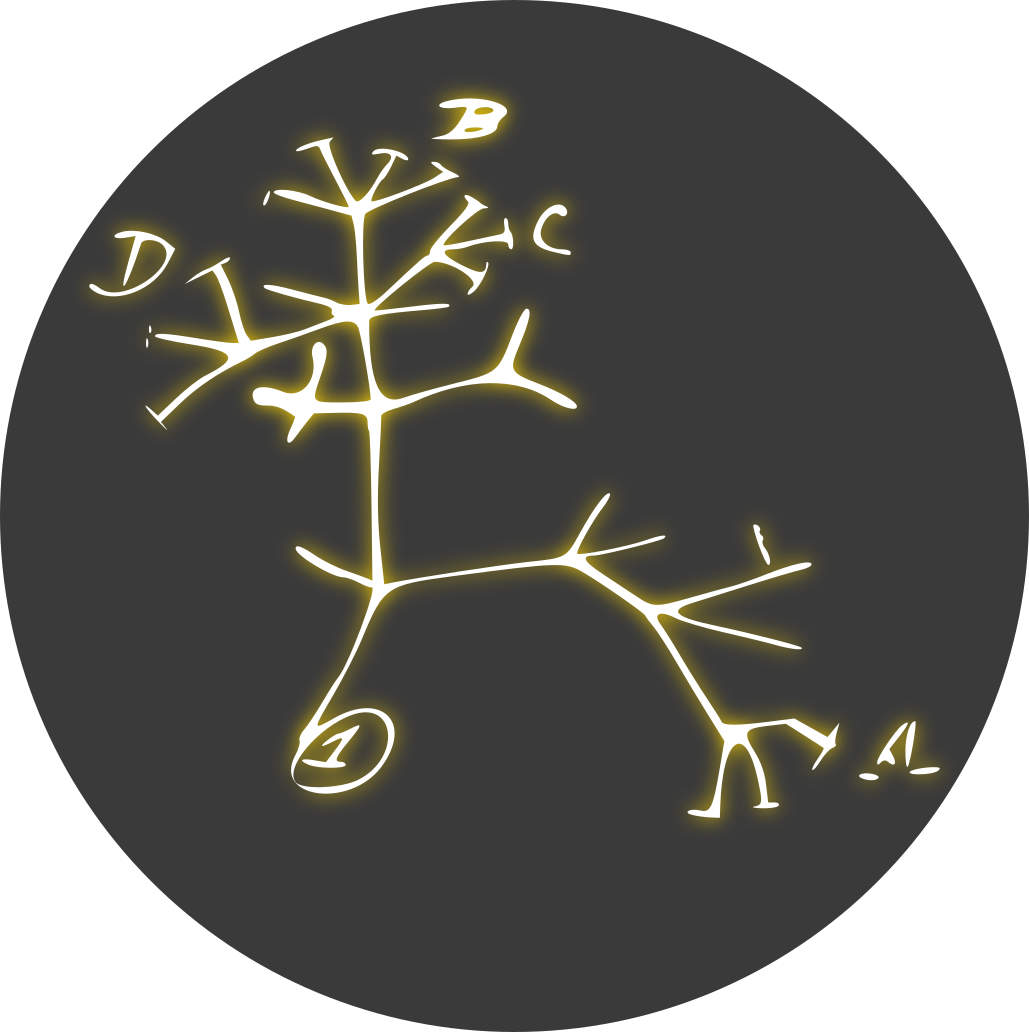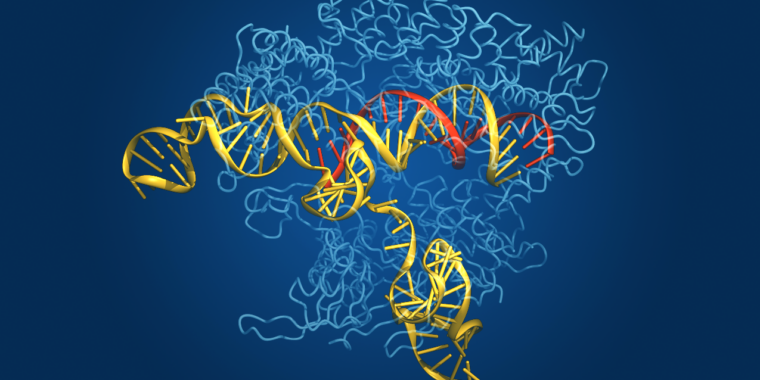- cross-posted to:
- [email protected]
- cross-posted to:
- [email protected]
This is the best summary I could come up with:
Although the CRISPR-Cas system evolved as a bacterial defense mechanism, it has been harnessed and adapted by researchers as a powerful tool for genetic manipulation in laboratory studies.
Although they differ in detail, they all have the same appeal: They deliver proteins to a given sequence of genetic material with a degree of specificity that has heretofore been technically difficult, expensive, and time-consuming to achieve.
Many of the systems they found are rare and only appeared in the dataset in the past 10 years, highlighting how important it is to continue adding environmental samples that were previously hard to attain into these data repositories.
The scientists further characterized some of these and found one to be more specific than the CRISPR enzymes currently in use, and another that cuts RNA that they propose is structurally distinct enough to comprise an entirely new seventh type of CRISPR-Cas system.
The authors set out to find “a catalog of RNA-guided proteins that expand our understanding of the biology and evolution of these systems and provide a starting point for the development of new biotechnologies."
They go on to conclude: “This represents only a small fraction of the discovered systems, but it illuminates the vastness and untapped potential of Earth’s biodiversity, and the remaining candidates will serve as a resource for future exploration.”
The original article contains 961 words, the summary contains 219 words. Saved 77%. I’m a bot and I’m open source!



